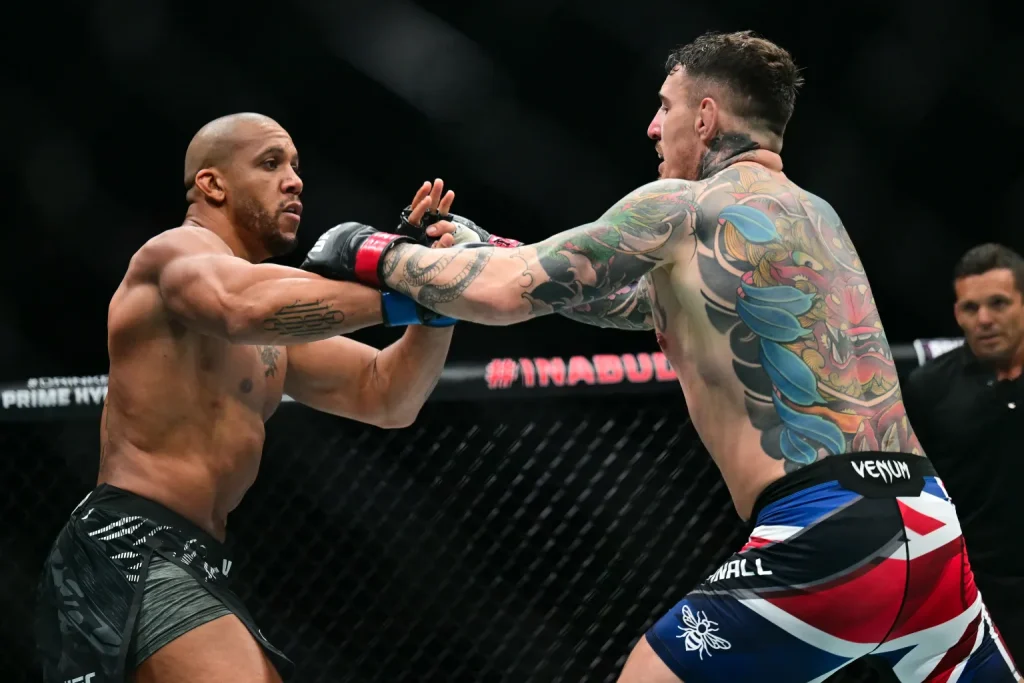When Summer Heat Tests Your Routine
The Real Reason Summer Training Feels So Hard

Motivation Doesn’t Disappear. Rhythm Does.
The first time I tried to train outdoors in July, I lasted eight minutes.
The air felt heavy, my shirt was soaked before the warm-up ended, and my pulse was racing faster than it should. I wasn’t out of shape. I was just out of rhythm.
Most people who train regularly in Abu Dhabi hit the same wall every summer.
The same people who wake up early for workouts in March suddenly can’t make it out of bed. Meals get lighter but energy drops. Sleep gets shorter, hydration feels constant but never enough. And before long, the entire routine starts to slide.
It’s not about willpower. It’s about adaptation.
When the Body Feels Different, It’s Protecting Itself
A client once told me, “I think I’m just lazy in the summer.”
I smiled, because I had heard that sentence at least a hundred times. It always comes from people who are not lazy at all, only unaware that their body is doing its job.
When the temperature crosses forty degrees, the cardiovascular system works double time. The blood that usually feeds the muscles now rushes to the skin to keep it cool. Heart rate rises, but oxygen efficiency drops. What used to feel like an easy jog suddenly feels like running uphill.
That’s not weakness. That’s thermoregulation.
The body isn’t giving up. It’s protecting itself from overheating.
The Biggest Mistake Is Pretending It’s Still Spring
The people who struggle the most during the hot months are the ones who try to keep the same plan. Same time, same pace, same meals.
But the environment has changed, and the system should too.
At HomeFit Elite, we start by shifting timing. Morning and evening sessions work better because core temperature and heart rate stay lower. Intensity drops slightly and rest periods get longer. That small change alone can make a workout go from draining to sustainable.
Hydration becomes strategic, not random.
Clients are encouraged to pre-hydrate with about half a liter of water one hour before training instead of reacting to thirst. Electrolytes help when sweating heavily or during EMS sessions, since that kind of muscle activation pulls fluids faster than expected.
And recovery stops being optional. In high heat, the nervous system takes longer to reset. Training days can’t pile up without consequences. Cooling down, stretching, and quality sleep become part of the training itself, not an extra.
What Changes When Adaptation Happens
One of our regular clients, Ahmed, trains three times a week with EMS and boxing. In June, he started feeling dizzy halfway through sessions and asked to take a break. Instead, we adjusted everything: shorter sessions, better pre-fuel, earlier timing.
Two weeks later he said, “It’s strange, I don’t even feel tired anymore.”
It wasn’t strange. It was adaptation. His body stopped fighting the heat and started working with it.
Another client, Mia, who combines Pilates and EMS, said something that stayed with me: “I realized I wasn’t tired of training. I was tired of overheating.”
That’s the turning point. Once energy adjusts to the environment, training feels lighter and recovery faster.
The Real Shift Is Mental
The hardest part isn’t hydration or timing. It’s acceptance.
Many people resist adjusting their schedule because they see it as weakness. “If I were disciplined, I’d still train at 1PM.”
But that kind of thinking is what burns people out.
Training isn’t about proving something. It’s about cooperation with the body. The ones who stay consistent all year are not the ones who push hardest. They are the ones who adapt fastest.
The body always gives early signals: fatigue, poor sleep, slower recovery, unusual cravings. Paying attention helps prevent setbacks. Ignoring those cues leads to exhaustion and frustration.
How the Elite Adapt
Clients who train at home across Abu Dhabi often ask, “What do trainers do when it’s this hot?”
The honest answer is simple. Simplify.
Shorter sessions, sharper focus.
Cooler environments, smarter recovery.
Outdoor workouts move indoors. EMS and strength replace long cardio, while Pilates helps restore posture and mobility when humidity makes everything feel heavier.
The goal isn’t to do more. The goal is to stay consistent, safely.
Strength, flexibility, and stamina can be maintained even in forty-five-degree weather if the plan respects the climate.
That’s why HomeFit Elite was designed this way. Training happens at home, in a cool and private space, guided by professionals who understand Abu Dhabi conditions. Not imported routines. Not generic programs. Real adaptation for real people.
It’s Not the Heat That Beats Progress. It’s the Loss of Rhythm.
Once rhythm changes with the season, guilt fades.
Training becomes more focused, energy more stable, recovery smoother.
That’s when consistency returns.
Fitness is not about control. It’s about communication between the mind and the body. And in Abu Dhabi, that communication includes the heat.
If sessions have started to feel harder or motivation has slipped, maybe it’s not discipline that’s missing. Maybe the rhythm just needs to adjust.
When that moment comes, HomeFit Elite is ready to guide the way inside, cool, and focused.



